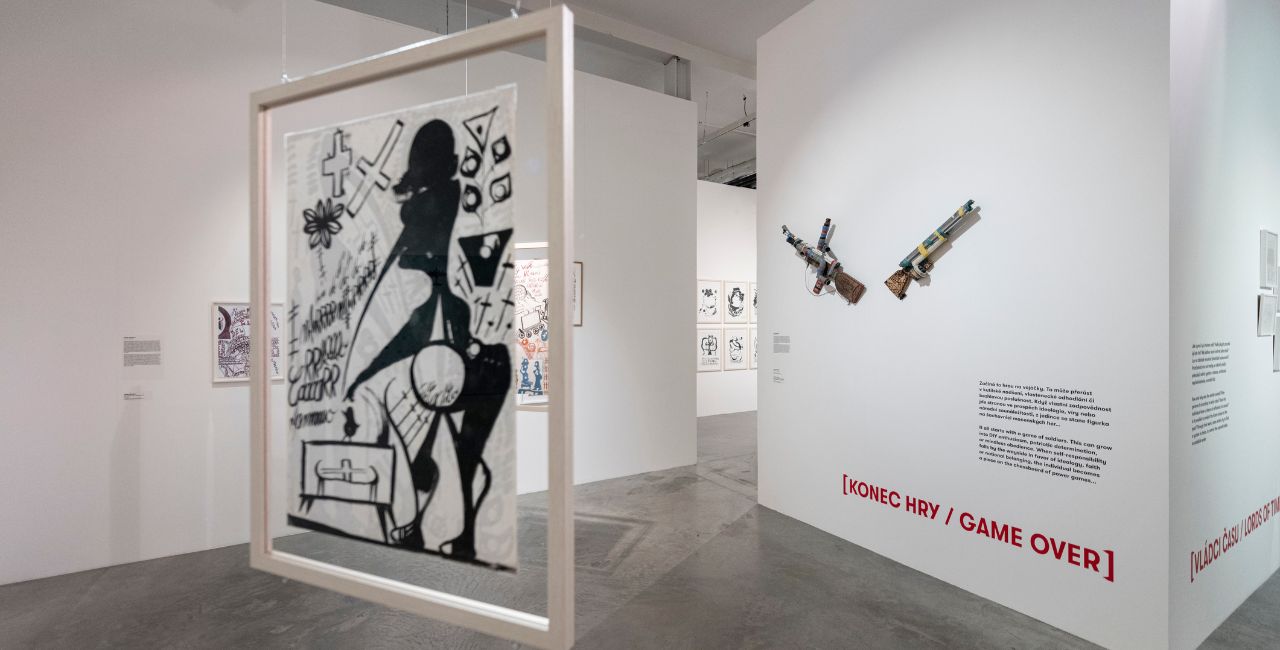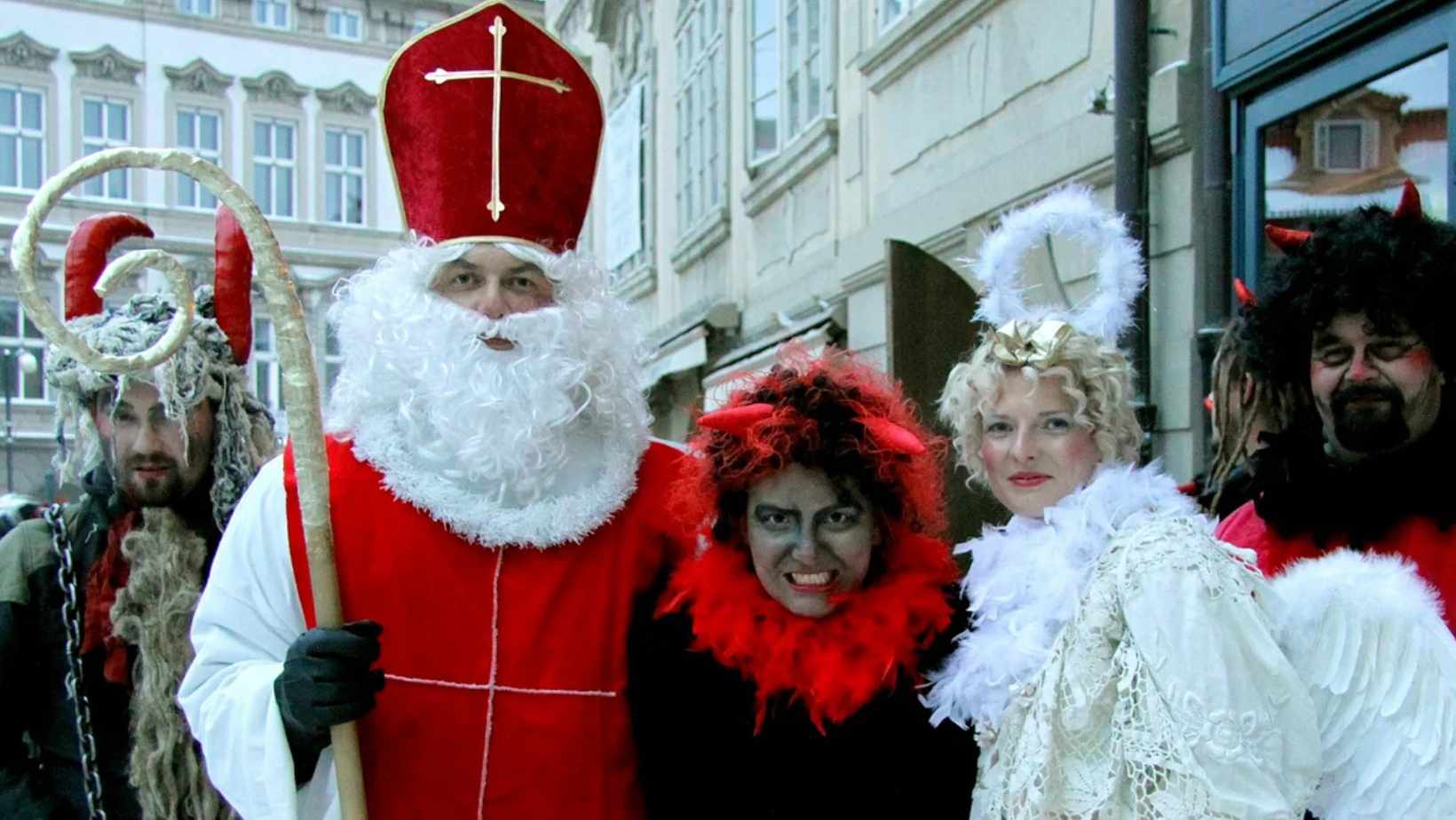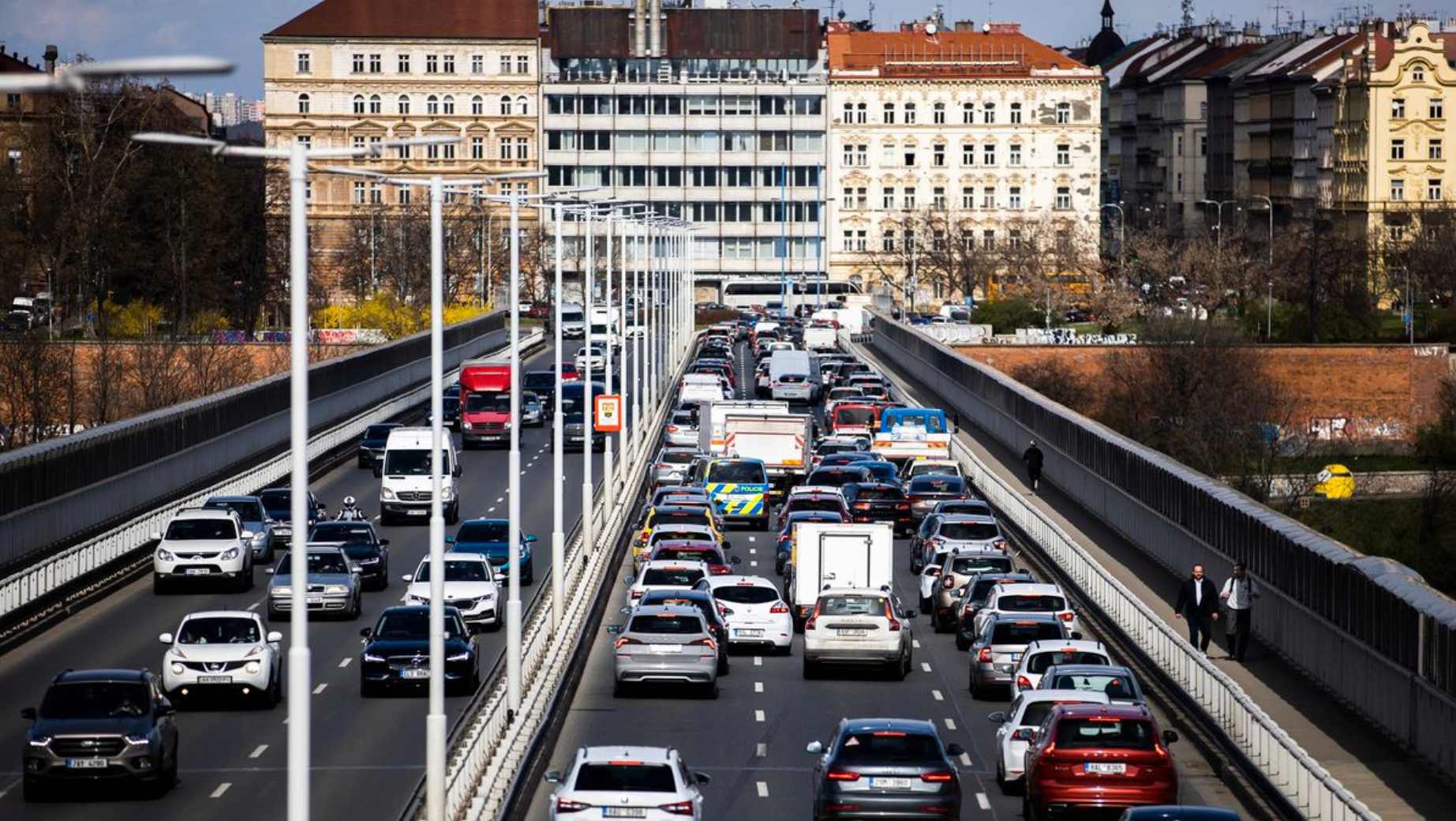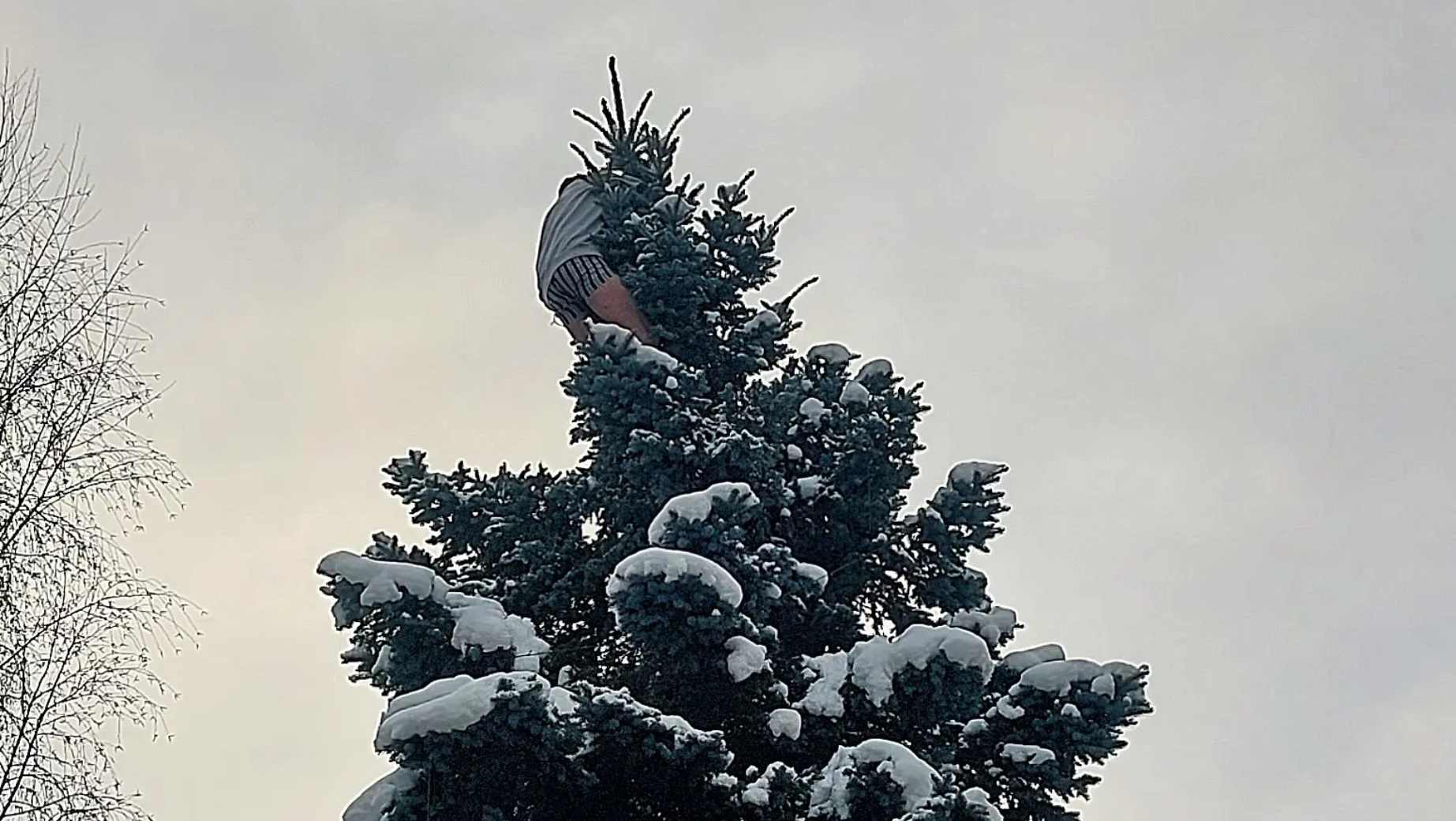By: Abigail Calandra – Anglo-American University
“Power(less)” or “(Ne)Moc” in Czech at DOX Centre for Contemporary Art in Prague’s Holešovice neighborhood is an exhibition that combines works of contemporary and art brut artists offering unique perspectives on power and on mental illness.
In Czech, “nemoc” translates to illness or sickness whereas “(ne)moc” means powerless and the exhibition seeks to explore these two central themes by featuring art brut artists.
Art brut (“raw art”), or outsider art, is often intertwined with mental illness and it originated in psychiatric wards, as art projects by the patients. These outsiders create art out of a compulsive need— often secretly—rather than following the current trends of contemporary art.
One of the exhibition’s three curators Otto Urban says there were several layers behind the creation of “Power(less).” Notably, the curators have sought to explore the themes of power and powerlessness and also to combine contemporary art with art brut in a way that required viewers to question which field the artworks came from. “We still believe that art has its specific power, not to change the world…but to point to certain questions, and certain problems,” said Urban.
The extensive exhibition opens with a wall installation of three raised arms in a Fascist salute by the Italian contemporary artist Maurizio Cattelan.
The piece, titled Ave Maria, is identified as the Roman salute that historically represents dedication to absolute power. The uniformed arms also resemble the painting The Oath of the Horatii (1784) by Jacques Louis David which depicts three brothers’ commitment to fighting to the death for their country (the Roman Empire).
The art brut works in the exhibition similarly emphasize symbols of political power: swastikas, the Communist red star, hammers, and sickles are depicted but often with a different intended meaning.
The Austrian artist August Walla (1936-2001) utilizes the swastika as a symbol of his feminine persona and the hammer and sickle as a representation of his male transformation. Walla was dressed as a girl by his mother during World War II and believed the Soviet’s liberation in 1945 transformed him into a boy.
Outsider artists can also take on a pseudo-cartographer role, that transforms them into a “landlord” of a real or fictional, self-created territory.
A centerpiece of the exhibition is a portion of a map of the imaginary territory of Ukrania by the American artist Jerry Gretzinger. It’s an ever-expanding map of swirling greens and blues dictated through a combination of randomly generated instructions and elaborate rules, that is comprised of more than 3600 eight-by-ten-inch panels.
In addition to art brut, the Czech and Slovak art scenes are represented by 19 artists, namely by Eva Koťátková who bases her extensive installation on the works of residents at the “House of Artists,” a psychological institution in Gugging, Austria. The group home atmosphere encourages residents to pursue the arts and some residents have become important figures in art brut.
A back room of the exhibition features massive photo canvas prints depicting the battered walls of the Slovakian contemporary artist, Robert Gabris’s father’s home.
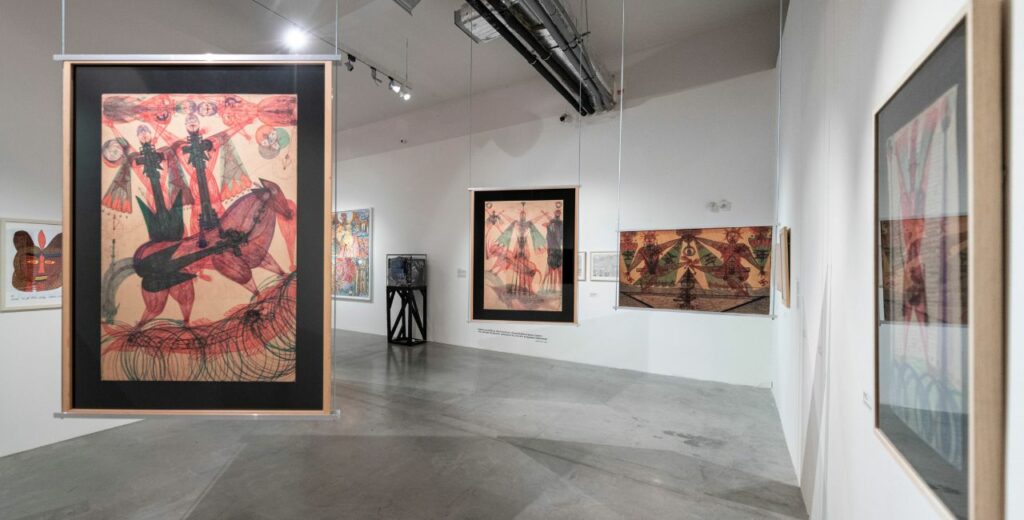
Built off a 1:20 model, the largely autobiographical piece demonstrates themes of identity and exclusion he experiences due to his sexuality and as a Roma. Gabris acknowledges that the home was built as part of the Czechoslovak government’s repressive strategies, to keep the population in a position to prevent them from improving their situation.
“In the case of every exhibition of contemporary art, the message is to open your eyes, and be tolerant even if you don’t understand something at first,” said Urban. “Visual art is a specific form of communication, a specific form of language. If you can understand it, it can enrich your life [and] your understanding of life.”
“Power(less)” investigates the desire for power by individuals throughout history, but is focused within the prism of mental illness and in art. The exhibition is open until November 6. DOX is open Wednesday through Sunday from 12:00-18:00.
More information is available on the DOX website.
-
NEWSLETTER
Subscribe for our daily news





